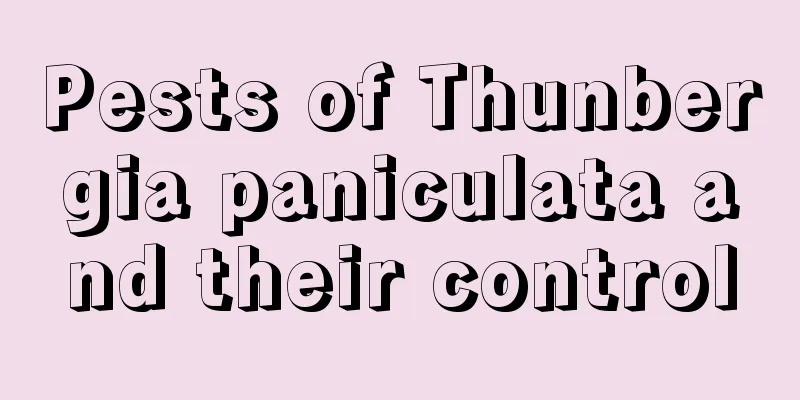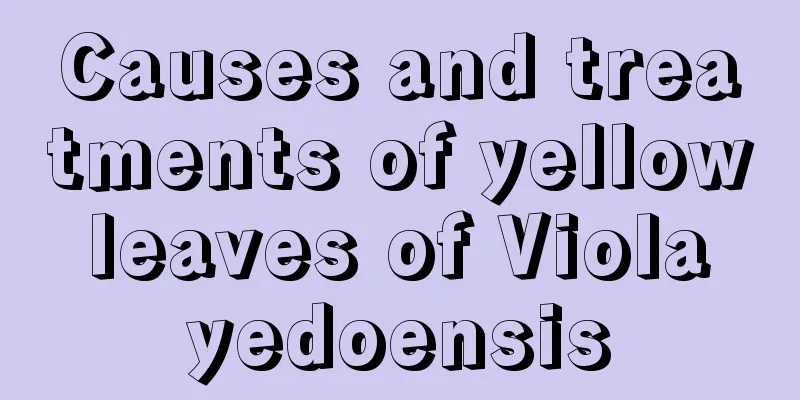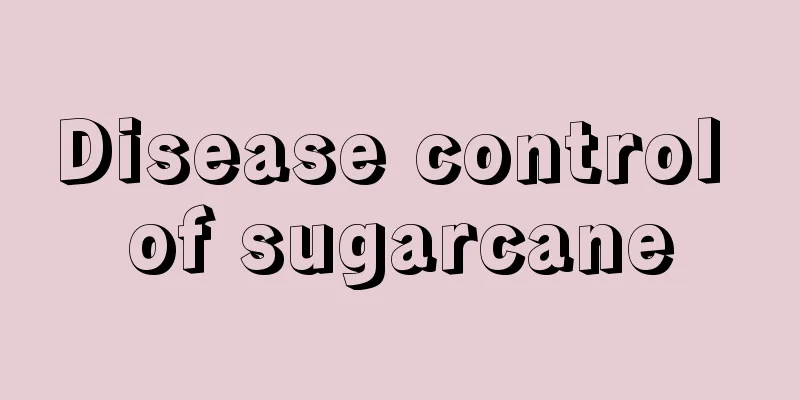Pests of Thunbergia paniculata and their control

Chrysops chinensisThe moth can be said to be the most important insect pest of the Chinese fern. It is very harmful and will eat all the leaves of the Chinese fern and cause the tree to wither. The moth can be said to be a pest that harms the Chinese fern many times every year. It usually occurs four times a year and lasts for a relatively long time. If the Chinese fern is infested with moths, chemical control methods can be adopted, using some chemical agents to control pests, such as high-efficiency cypermethrin, phoxim, etc., which can be used to control the moths in the Chinese fern. Cercidiphyllum truncatumFor the Chinese fuchsia tree, the scarab beetle is actually a rather troublesome pest because it is good at guerrilla warfare, can avoid harm, and is difficult to eliminate. The damage caused by scarab beetles is generally greater in May and June. Scarab beetles will eat the leaves of the Japanese selengensis tree. Scarab beetles are nocturnal and mostly appear at night, so you must pay close attention. You can choose to use pesticides such as Metarhizium muscardine 5 and acetamiprid for spraying. Spodoptera lituraThe Spodoptera litura is also a nocturnal pest. It mainly harms the Chinese fuchsia tree during the seedling stage, eating the tender leaves. In serious cases, it will eat all the leaves. The Spodoptera litura generally appears from June to August and causes serious damage. Generally, when the fall armyworm occurs, you can spray emamectin benzoate, chlorfenapyr, hypertonic fenoxycarb and other pesticides to prevent and control it. AphidsThe damage caused by aphids is always very serious. They will suck the branches and leaves of trees, spread viruses or cause sooty mold on plants. Aphids usually occur in late spring to early summer, and they reproduce more vigorously in rainy weather. Generally, aphids need to be controlled with pesticides such as imidacloprid and pymetrozine, and control must be done as early as possible. |
<<: Common insect pests and their prevention in June
>>: Diseases and Pests of Peony and Their Control
Recommend
The benefits of eating onions, and what should not be eaten with onions
1. Benefits of eating onions Reduce the risk of c...
When does the osmanthus tree bloom?
1. Flowering time The flowering period of osmanth...
How to grow tulips
1. Breeding environment 1. Soil: It is best to ch...
What flowers should I send to my girlfriend?
1. Rose Roses are a flower that symbolizes love, ...
Eight taboos for growing Clivia in winter
Avoid constant temperature when growing Clivia in...
Effects and functions of Dendrobium candidum
1. Five internal organs Because its sugar content...
What flowers are suitable for growing in Qingyang? What are the city flowers and trees?
1. Climate characteristics of Qingyang Qingyang h...
The correct way to repot succulents
As the temperature becomes pleasant, many plant l...
When should winter melon be planted?
Winter melon is not only tender and delicious wit...
How to prune the roots of Jade Plants
Does the Jade Plant need root pruning? The Jade P...
When is the best time to plant lettuce?
The entire growing cycle of lettuce is about 40 d...
If you see these 10 kinds of flowers when you go out, don’t pick them, they are all rare flowers in the world!
10. Rafflesia The Rafflesia is what we usually ca...
When is the best time to plant greenhouse strawberries?
Greenhouse strawberry planting time The time for ...
The difference between golden thread vine and silver thread vine
Morphological differences Golden thread vine: Its...
The efficacy and function of Smilax china
1. Antibacterial Smilax china has antibacterial e...









